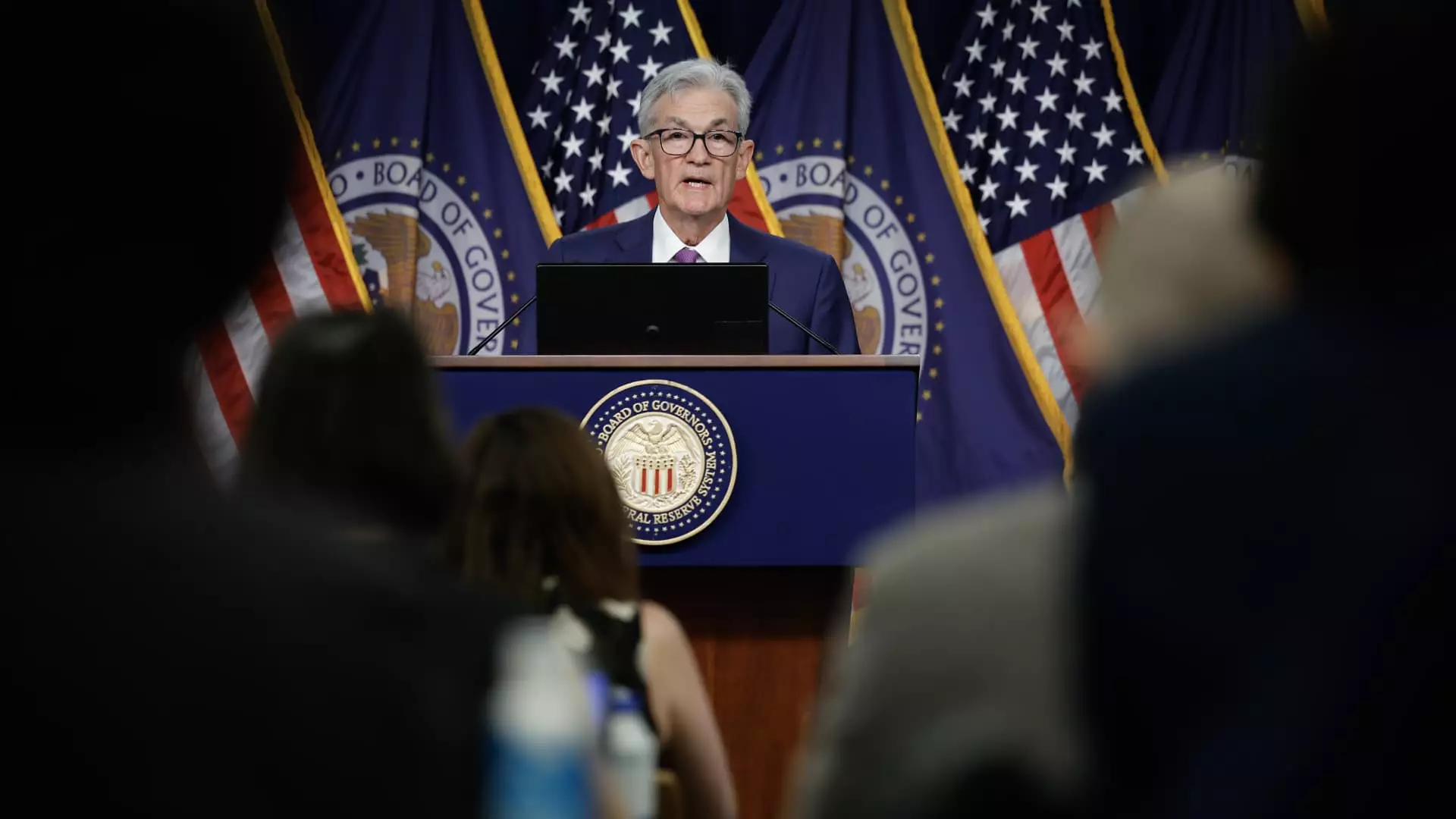The Federal Reserve’s recent decision to maintain short-term interest rates unchanged sparked speculation about the potential for future rate cuts. While the Fed acknowledged that inflation is nearing its target, there was no clear indication of imminent rate reductions. This decision highlights the delicate balance that the central bank must strike between economic conditions and inflationary pressures.
The Federal Open Market Committee’s post-meeting statement revealed that inflation has been easing over the past year but remains somewhat elevated. This indicates progress towards the Committee’s 2 percent inflation objective, though further improvements are needed. The language used in the statement represents an upgrade from previous meetings, where only modest progress was noted. The Fed has been vigilant in its efforts to bring down inflation, evident from the 11 consecutive rate increases implemented over the past year.
Market expectations had been leaning towards potential rate cuts in the upcoming meetings, with futures pricing pointing towards reductions in the November and December meetings. The stock market reacted positively to the Fed’s decision to maintain rates, signaling confidence in the economy’s resilience. However, the statement reiterated the Fed’s cautious approach, emphasizing the need for greater confidence in sustainable inflation movement before any rate adjustments are made.
The Fed has consistently emphasized its reliance on data to guide policy decisions and has vowed to remain flexible in adjusting rates based on economic indicators. Fed Chairman Jerome Powell’s press conference provided additional insights into the central bank’s stance, reassuring investors of their commitment to data-driven decision-making. Economic data indicating a decrease in inflationary pressures from previous highs has played a crucial role in shaping the Fed’s policy direction.
Despite maintaining tight monetary policy, the economy has continued to expand, with GDP growth surpassing expectations in the second quarter. However, concerns about the labor market have emerged, with recent data suggesting a slowdown in job growth. While the unemployment rate remains low, signs of weakening in the labor market have heightened uncertainties about the economy’s ability to weather high borrowing costs.
The Federal Reserve’s decision to keep short-term interest rates steady reflects a cautious approach towards balancing economic growth and inflation targets. The central bank’s commitment to data-driven decision-making and its reluctance to deviate from its 2 percent inflation objective underscore the complexities of monetary policy in a dynamic economic environment. Moving forward, the Fed’s ability to navigate evolving economic conditions while maintaining stability will be critical in shaping future policy actions.

